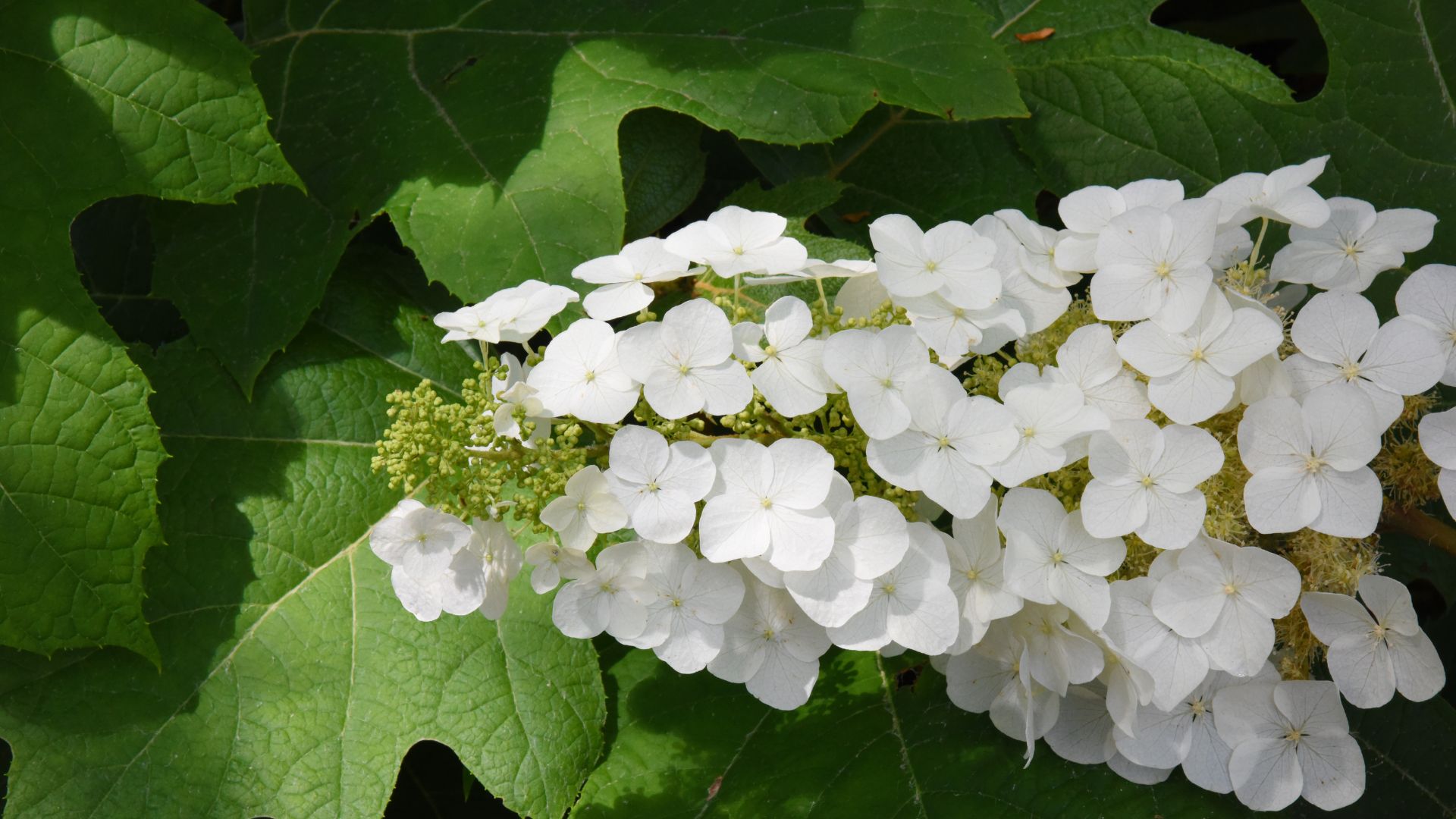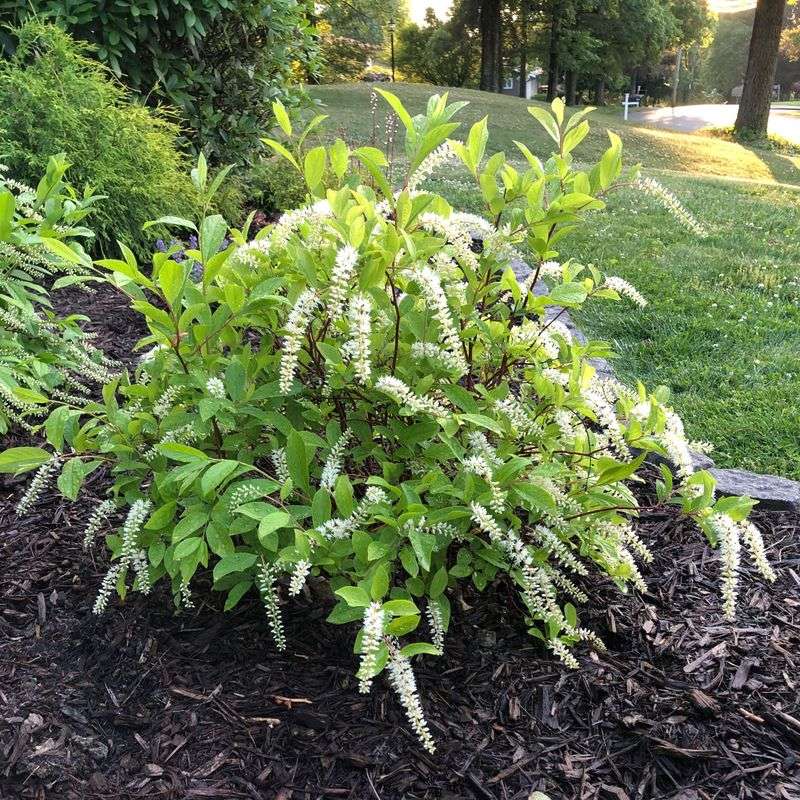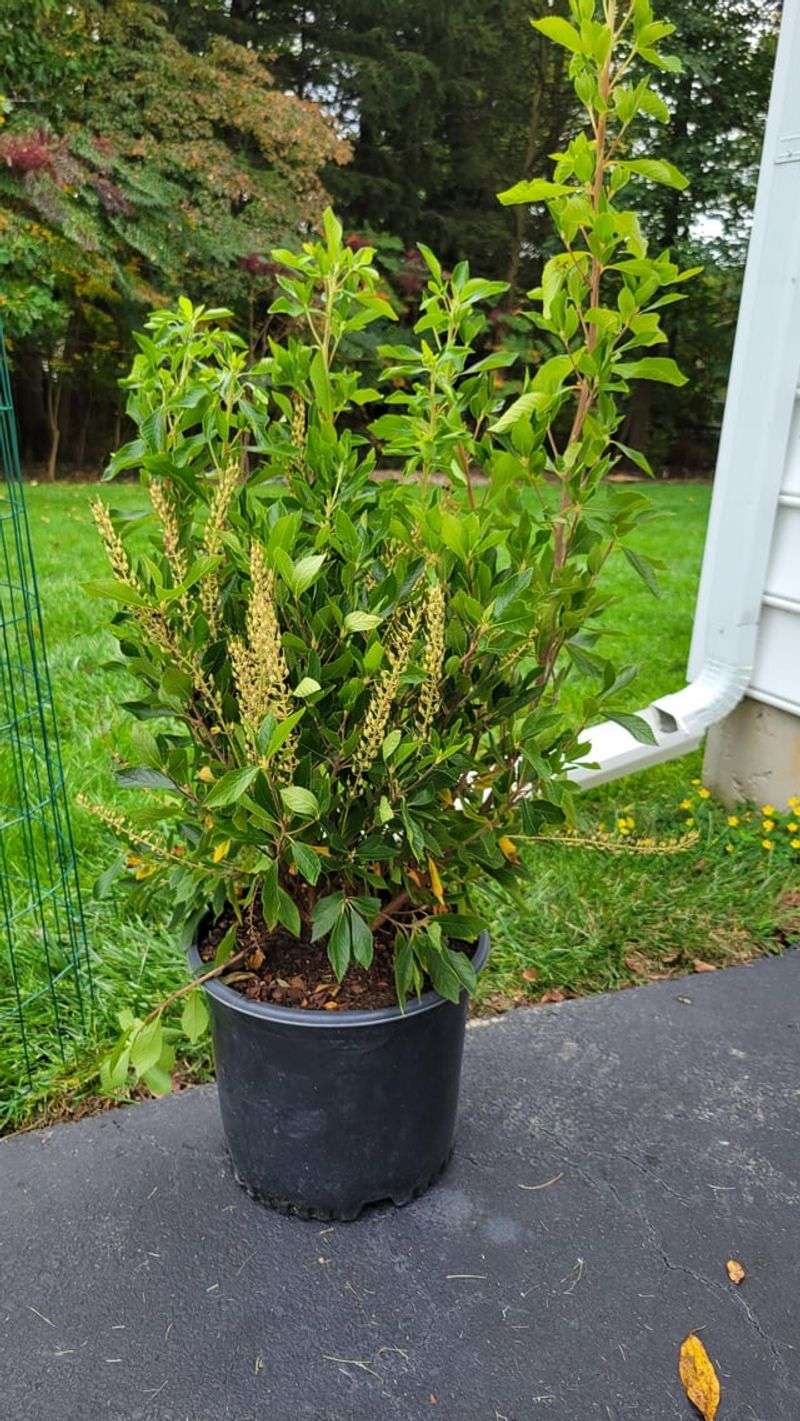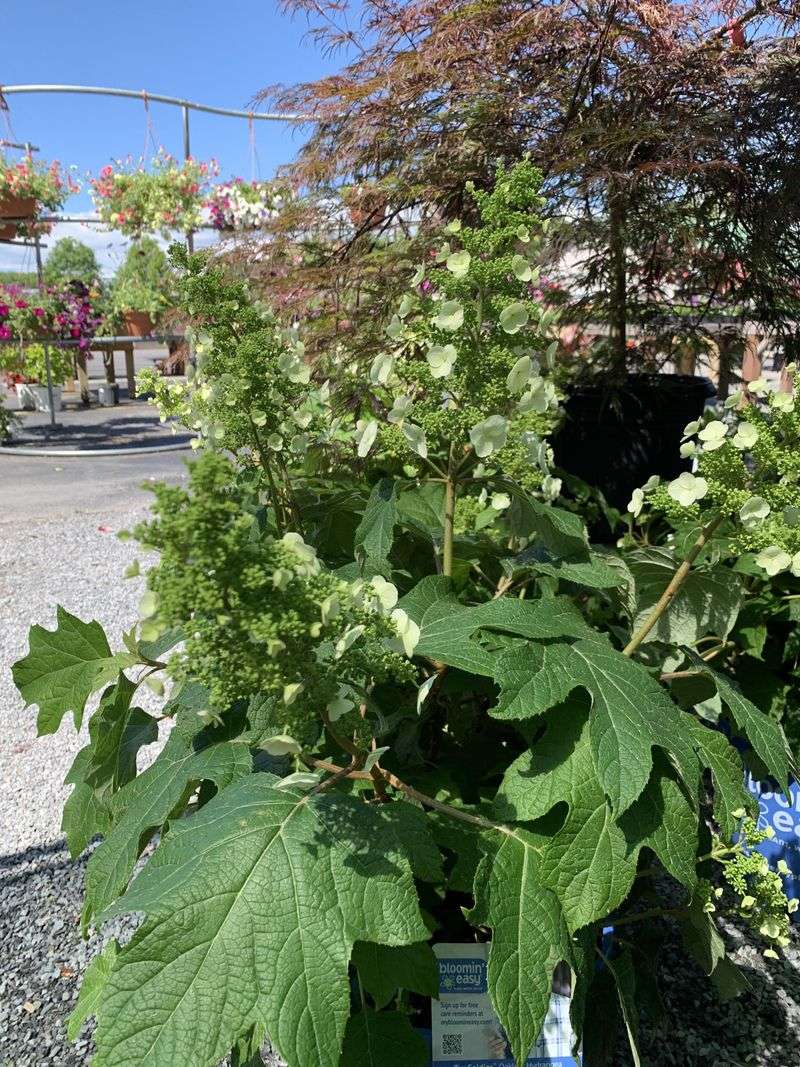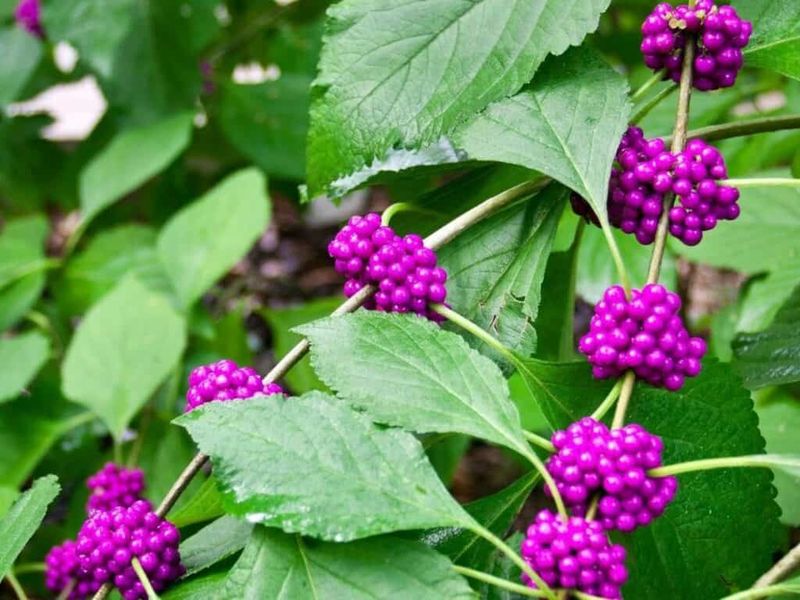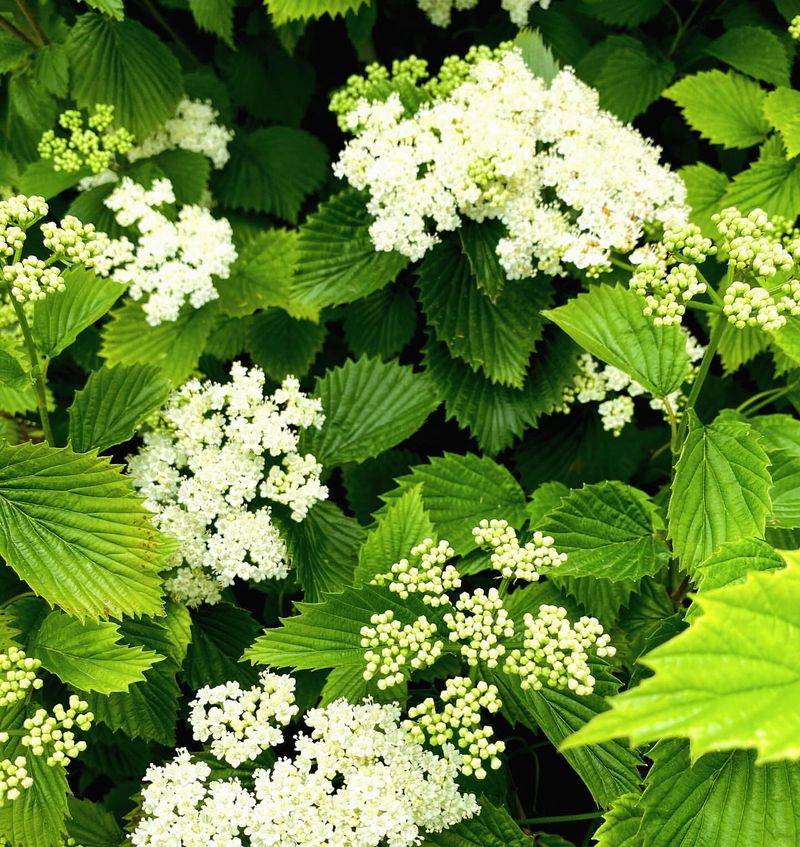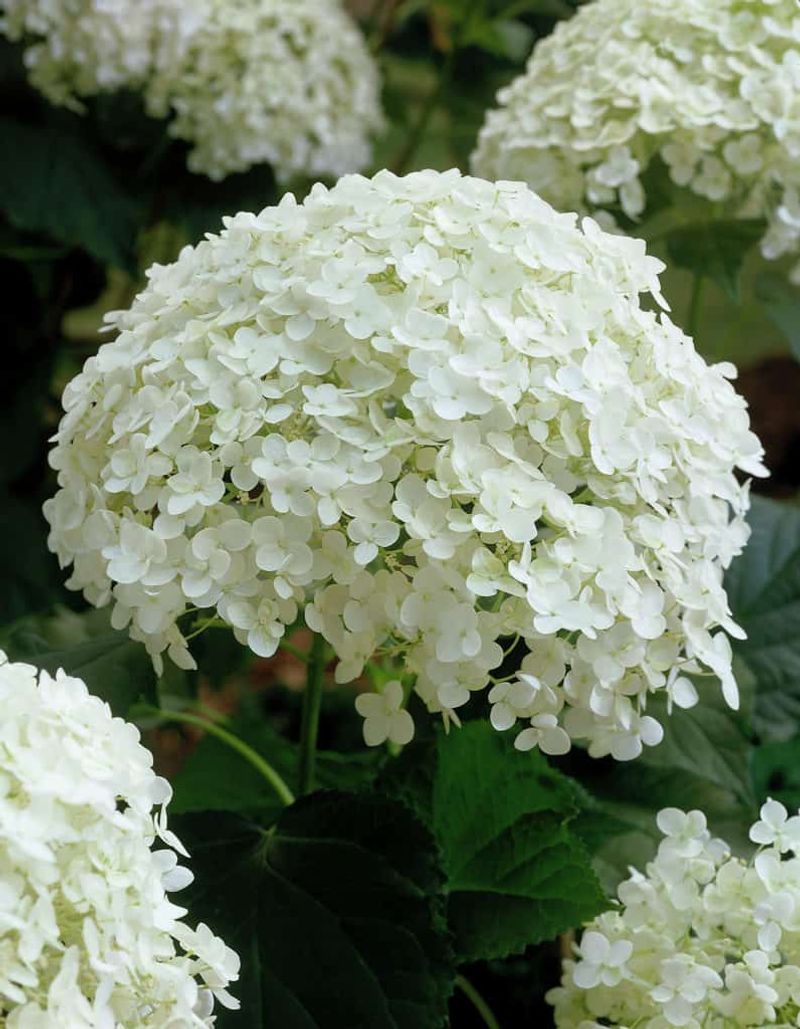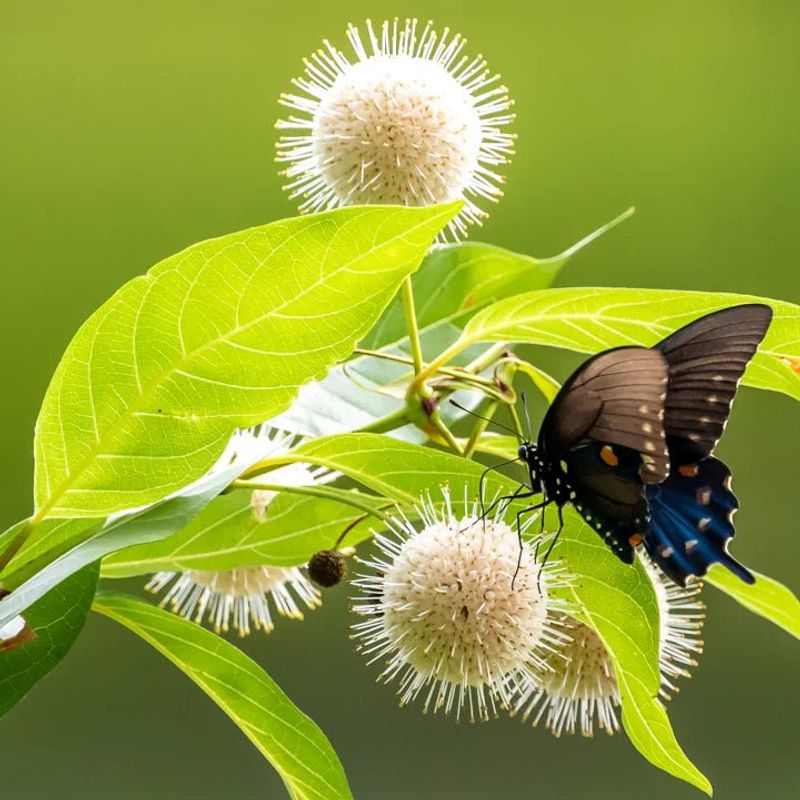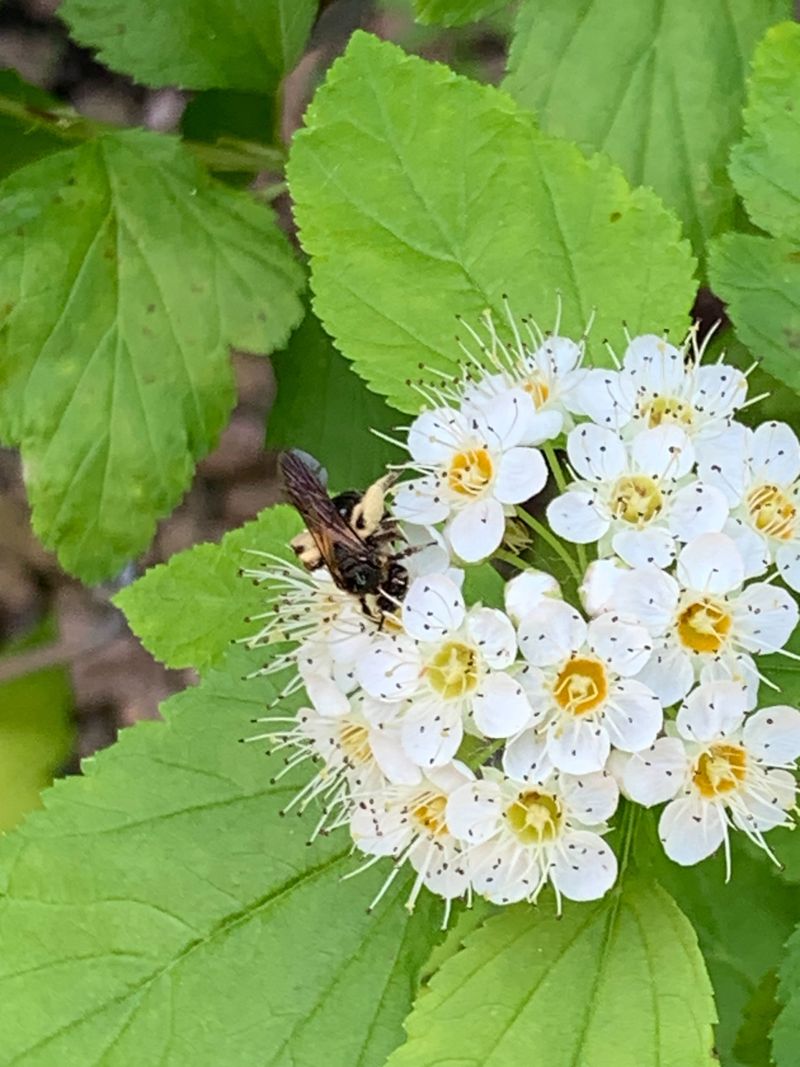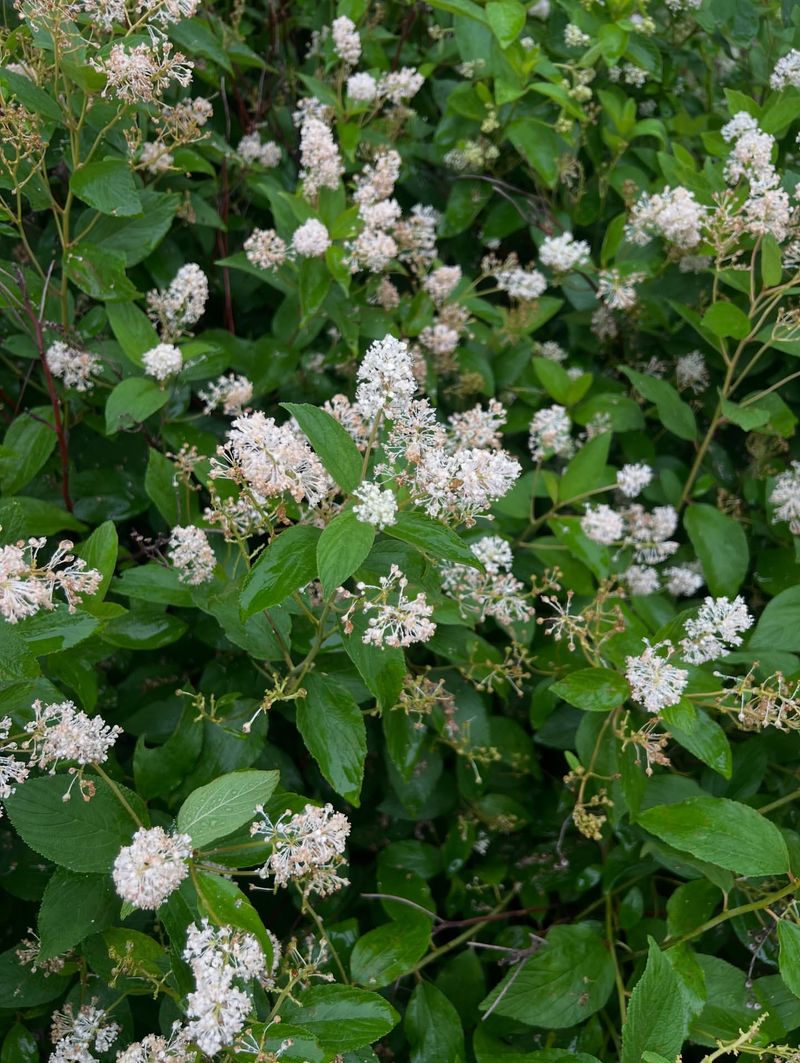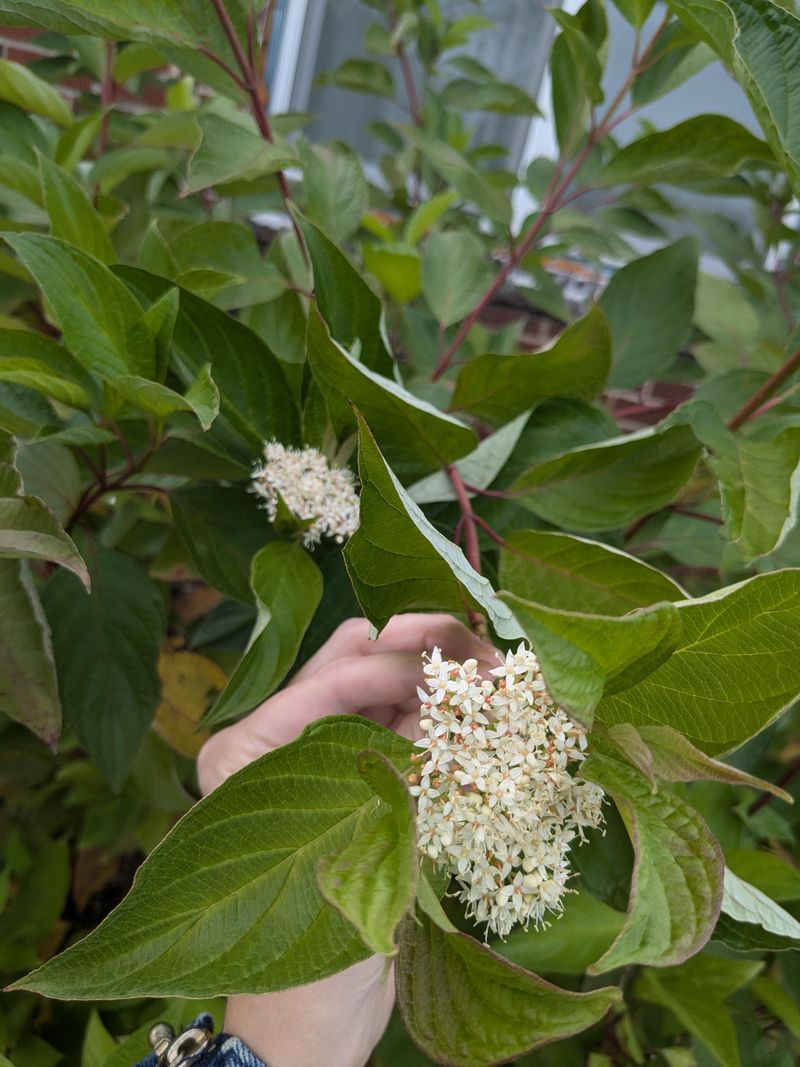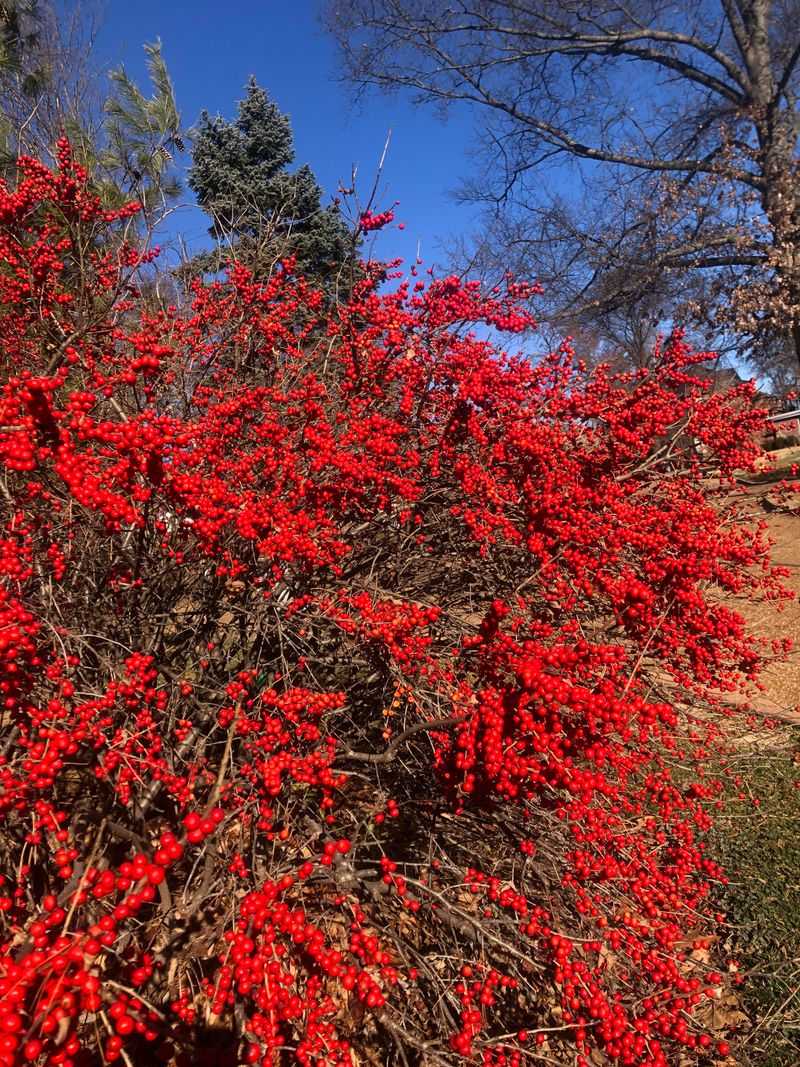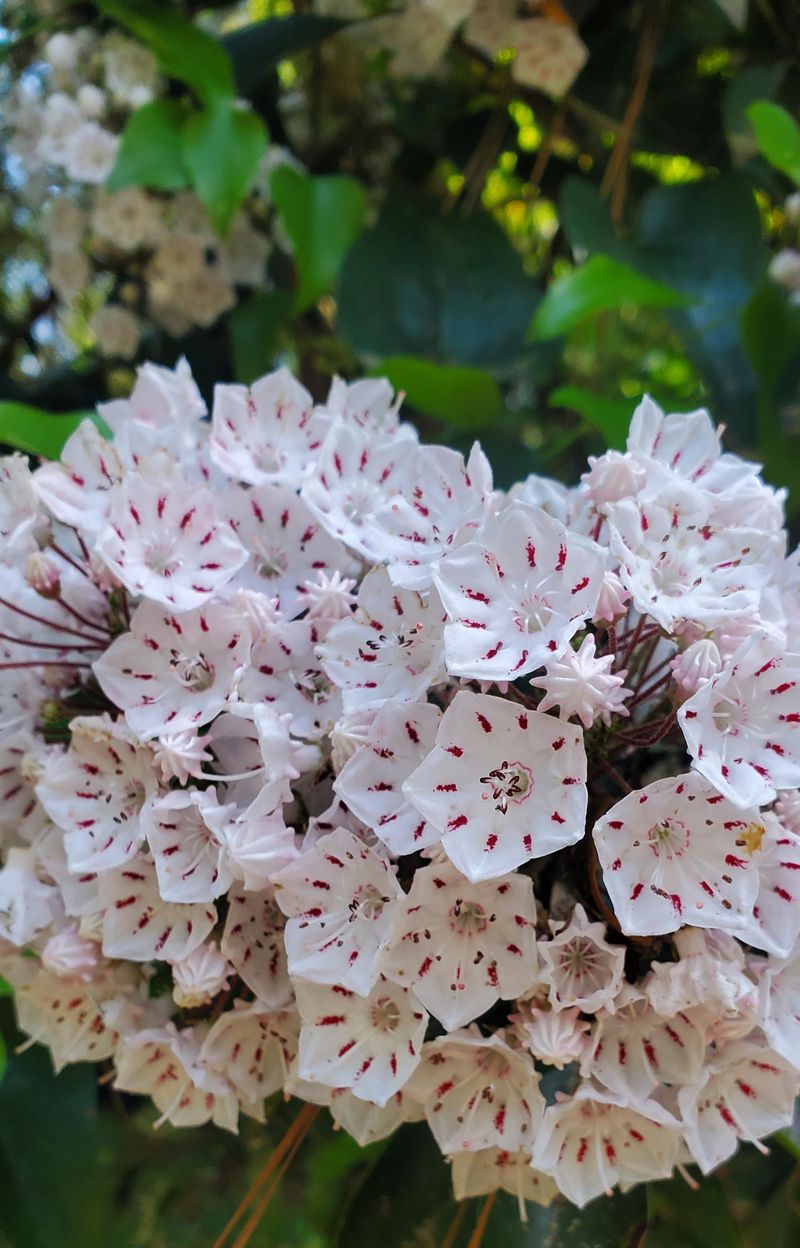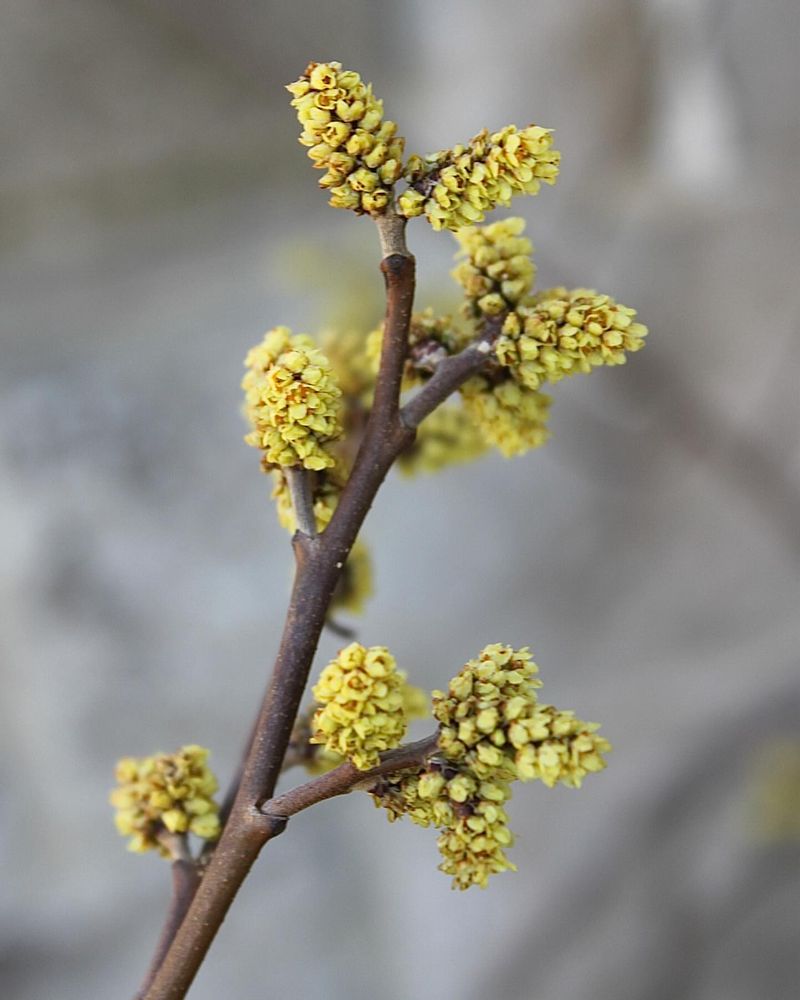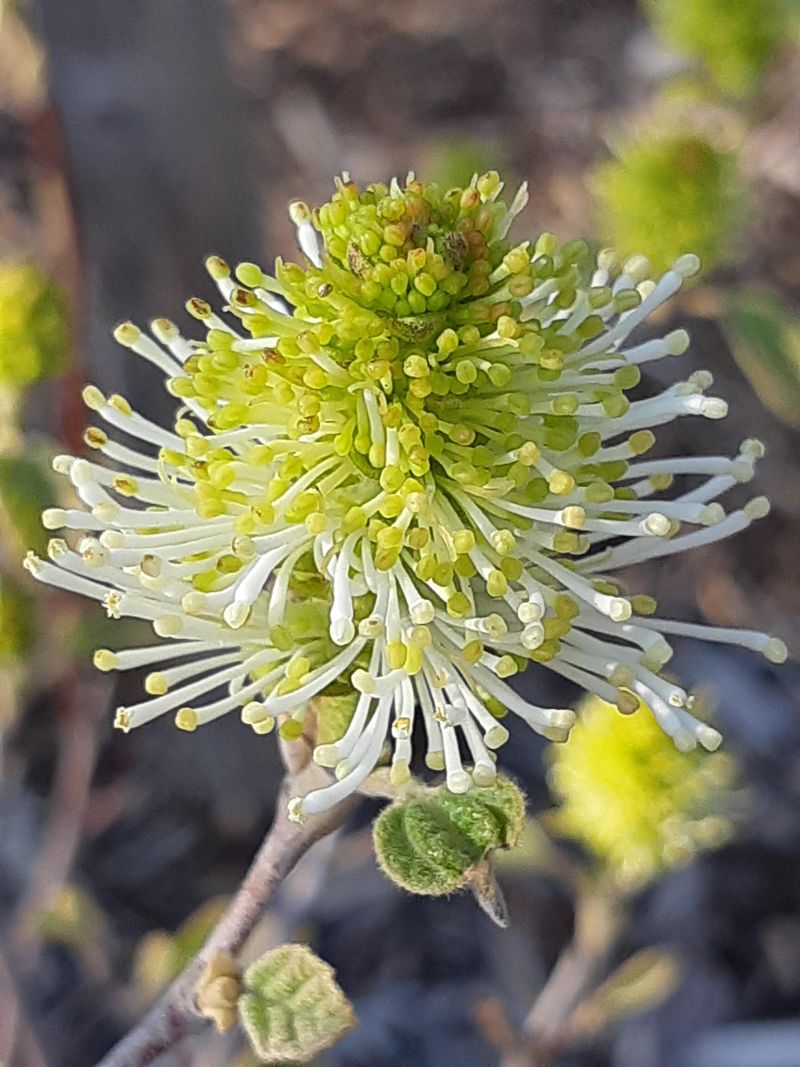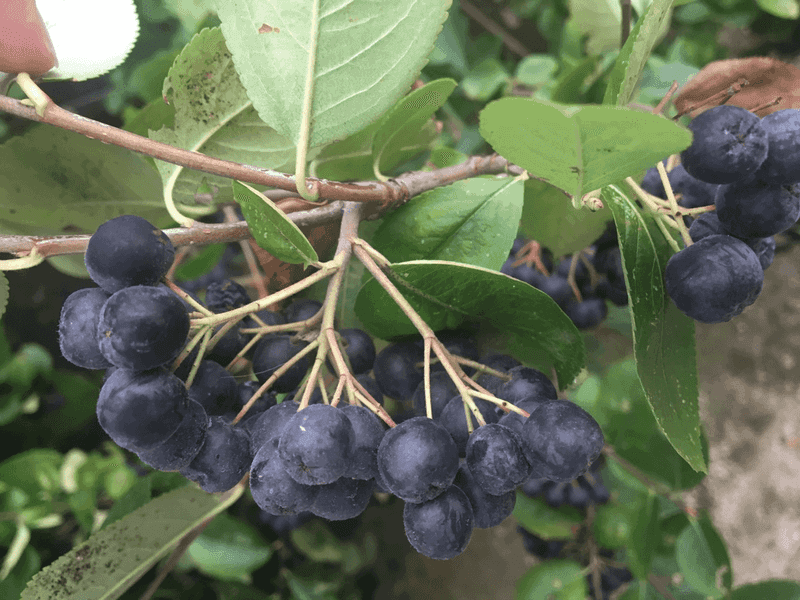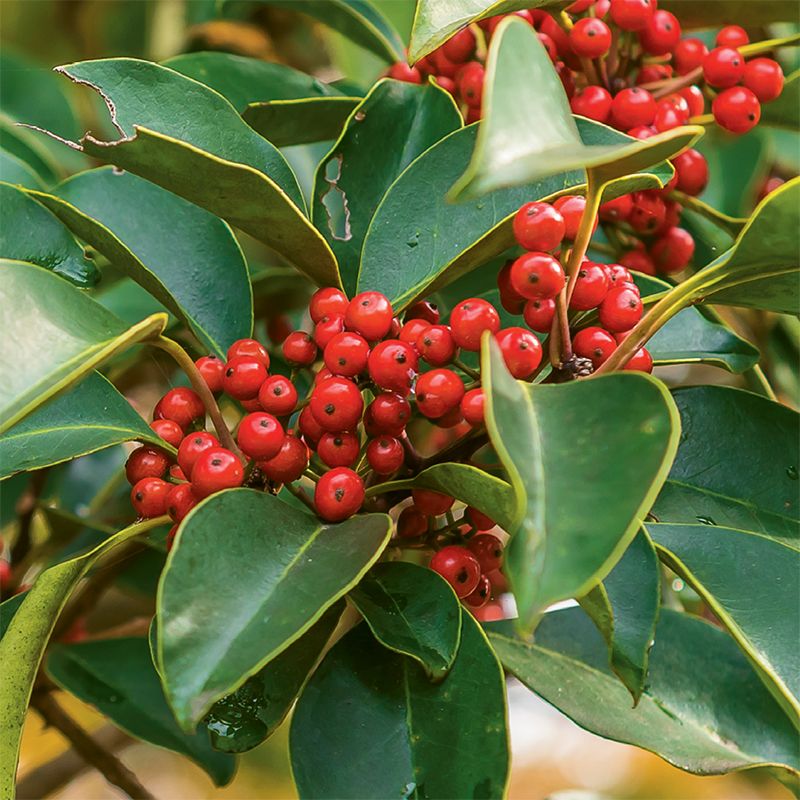Gardening in Maryland comes with unique challenges—hot, humid summers and occasionally harsh winters can take a toll on many plants. Finding shrubs that thrive without constant attention is a game-changer for busy homeowners who still want beautiful landscapes.
My years tending gardens across Maryland have taught me that choosing the right low-maintenance shrubs means less time pruning and more time enjoying. The perfect shrub adds structure, color, and texture while standing up to our region’s clay soils and variable weather patterns.
I’ve compiled stunning, easy-care shrubs that perform beautifully in Maryland yards. These selections offer year-round interest without demanding weekend-consuming maintenance, and I’ve highlighted which ones double as pollinator magnets for those looking to support local wildlife.
1. Inkberry Holly
Native to Maryland’s wetlands, this evergreen holly variety doesn’t need the fussing that other shrubs demand. Female plants produce small black berries that persist through winter, creating natural interest when the garden sleeps.
Deer typically avoid inkberry, making it perfect for properties where these four-legged visitors frequently browse. Plant in groups of three or five for a natural-looking border that requires almost no pruning to maintain its neat, rounded shape.
2. Virginia Sweetspire
Fall in Maryland becomes even more spectacular with Virginia Sweetspire in your landscape. The fragrant white bottle-brush flowers in spring transform into stunning burgundy-red foliage that lasts well into winter.
What I love most about this native shrub is its flexibility—it handles both wet spots and drought once established. The arching branches create a graceful fountain shape that works beautifully along property edges or as a natural transition between formal gardens and wilder areas.
3. Summersweet
Honey-scented flowers appear in mid-summer when many other shrubs have finished blooming, earning this native plant its well-deserved nickname. The fragrance attracts butterflies by the dozens to Maryland gardens, creating moving color even before the leaves turn golden in fall.
Growing naturally in coastal areas and wetlands, Summersweet handles Maryland’s occasional flooding with grace. Plant it where you can enjoy the sweet perfume from a patio or near windows that stay open during summer evenings.
4. Oakleaf Hydrangea
The dramatic lobed leaves resembling oak trees give this southeastern native its name and distinctive appearance in Maryland landscapes. Unlike fussier hydrangea varieties, oakleaf types rarely need pruning and develop gorgeous peeling cinnamon bark on older stems.
Summer brings impressive cone-shaped white flower clusters that age to pink and burgundy. These dried blooms persist through winter, creating four-season interest when many gardens look bare. The fall foliage turns brilliant burgundy-purple, especially in locations with morning sun and afternoon shade.
5. American Beautyberry
Nothing compares to the first time you spot clusters of vivid purple berries hugging the stems of this understated native shrub in fall. The berries appear almost artificial in their perfect arrangement and electric color, creating a show-stopping display that lasts until birds feast on them.
During summer, small lavender flowers attract pollinators without drawing much attention. The loose, natural form fits perfectly in Maryland’s woodland gardens or naturalized areas. Early settlers used the leaves to repel mosquitoes—a practical bonus for our humid climate.
6. Arrowwood Viburnum
Named for the straight stems that Native Americans once used for arrow shafts, this tough viburnum creates a reliable backdrop in Maryland gardens. Flat clusters of white flowers in late spring support numerous native pollinators and develop into blue-black berries that feed migrating birds.
The glossy green leaves turn rich burgundy in fall, adding seasonal color without any effort on your part. Adaptable to both sun and partial shade, Arrowwood handles Maryland’s clay soils better than many imported shrubs, thriving for decades with minimal care.
7. Smooth Hydrangea
Unlike its fussier blue-flowering cousins, smooth hydrangea thrives in Maryland’s climate without constant pampering. The large snowball blooms emerge green in early summer, mature to white, then age to an antique rose color that persists into fall.
Cold winters don’t faze this native plant—it can be cut completely to the ground in late winter and will still produce abundant flowers on new growth. The ‘Annabelle’ variety has been garden-tested in Maryland for generations, proving its reliability through drought, heat waves, and polar vortexes alike.
8. Buttonbush
Looking for something truly unique? Buttonbush produces spherical white flowers that resemble pincushions or retro Sputnik satellites, creating conversation-starting garden focal points. These unusual blooms are butterfly magnets, often covered with monarchs, swallowtails, and skippers during peak summer bloom.
Perfect for rain gardens and low spots in Maryland yards where water collects after storms. The glossy leaves stay fresh-looking even during August heat waves. Though deciduous, the interesting seedheads provide winter interest and food for local birds.
9. Ninebark
For dramatic color without the drama of high maintenance, ninebark varieties with purple foliage make a bold statement in Maryland landscapes. The name comes from the peeling bark that reveals multiple layers on mature stems, adding winter interest when the garden goes dormant.
Clusters of white or pink flowers in late spring attract numerous beneficial insects. Tough as nails once established, ninebark shrugs off Maryland’s summer heat and humidity while maintaining its colorful foliage. The compact varieties fit perfectly in smaller suburban yards without overwhelming other plants.
10. New Jersey Tea
During the Revolutionary War, patriots used this native shrub’s leaves as a tea substitute when British imports were unavailable. Today, this compact native serves as a pollinator powerhouse in Maryland gardens, with fluffy white flower clusters that attract an astonishing variety of specialized native bees.
Growing just 3-4 feet tall, New Jersey Tea fits perfectly beneath power lines or in front of larger shrubs. The deep root system makes it exceptionally drought-tolerant once established—perfect for those dry Maryland hillsides where nothing else seems to thrive.
11. Red Twig Dogwood
Maryland winters reveal this shrub’s best feature—brilliant red stems that provide a pop of color against snow or evergreens. The effect is so striking that many gardeners cut back portions each spring specifically to encourage more of the colorful young stems.
Adaptable to both wet areas and normal garden conditions, red twig dogwood spreads slowly to form colonies perfect for stabilizing slopes. Small white flower clusters in spring develop into white berries that birds devour. The fall foliage turns a respectable burgundy before dropping to showcase those remarkable stems.
12. Witch Hazel
Strange spider-like yellow flowers appear in late winter when nothing else blooms in Maryland gardens, making witch hazel a true garden treasure. Some varieties flower as early as January, their fragrant blooms persisting through snow and freezing temperatures.
The vase-shaped growth habit creates a natural small tree or large shrub perfect for screening without heavy pruning. Fall brings a bonus of golden yellow foliage that lights up woodland gardens. Native to Maryland’s forests, witch hazel feels right at home in dappled shade where it can slowly reach its mature size.
13. Winterberry Holly
Unlike traditional hollies, winterberry drops its leaves in fall to showcase branches loaded with brilliant red berries. The effect against snow or evergreen backdrops creates Maryland winter landscapes worthy of holiday cards.
Remember to plant at least one male pollinator shrub nearby to ensure good berry production on the female plants. Birds typically leave the berries untouched until late winter when food becomes scarce, ensuring months of colorful display. Naturally found in Maryland’s wet areas, winterberry handles heavy clay soils with ease.
14. Mountain Laurel
Maryland’s acidic woodland soils create the perfect home for mountain laurel, our native broadleaf evergreen with uniquely geometric flowers. The blooms resemble tiny origami parasols before opening into star-shaped cups in shades from white to deep pink.
The twisted branches and glossy leaves create year-round structure in shade gardens. Newer compact varieties fit perfectly in suburban yards where the original species might grow too large. Deer typically avoid mountain laurel, making it valuable for Maryland properties where browsing pressure limits plant choices.
15. Fragrant Sumac
Don’t let the name fool you—this isn’t the towering sumac that spreads aggressively, but a well-behaved native shrub perfect for Maryland’s challenging slopes. The leaves emit a pleasant citrusy scent when brushed against, adding a sensory dimension to garden pathways.
Tiny yellow flowers appear before the leaves in early spring, providing crucial early nectar for emerging pollinators. Female plants develop clusters of fuzzy red berries that persist through winter. The fall foliage turns brilliant orange-red, creating stunning autumn displays without any effort from the gardener.
16. Dwarf Fothergilla
Bottlebrush flowers with a honey scent appear before the leaves in spring, creating a magical effect in Maryland gardens just as they emerge from winter dormancy. These unusual blooms lack petals—their visual impact comes entirely from the fluffy white stamens.
The blue-green summer foliage transforms into a kaleidoscope of yellow, orange, and red in fall. Perfectly sized for today’s smaller yards at just 3-4 feet tall and wide. Fothergilla asks for nothing more than average soil and water, rewarding Maryland gardeners with three-season interest.
17. Chokeberry
Clusters of glossy black or bright red berries (depending on the species) make chokeberry a standout in fall Maryland landscapes. Though too astringent for human taste buds—hence the name—birds rely on these nutritious berries during winter migration.
White spring flowers attract numerous pollinators, while the summer foliage remains clean and disease-free without spraying. Fall brings spectacular red color that rivals burning bush without the invasive tendencies. Both black and red chokeberry species are Maryland natives, perfectly adapted to our soils and climate patterns.
18. Yaupon Holly
The only native North American plant containing caffeine, yaupon holly has a fascinating cultural history along with outstanding garden performance. Native Americans created a ceremonial tea from the leaves, while today’s Maryland gardeners appreciate its adaptability and evergreen presence.
Female plants produce abundant red berries that persist through winter, creating habitat value and visual interest. Unlike many hollies, yaupon doesn’t have spiny leaves, making it more pleasant to work around. The ‘Nana’ dwarf variety creates perfect evergreen balls without pruning, ideal for formal garden structures.

